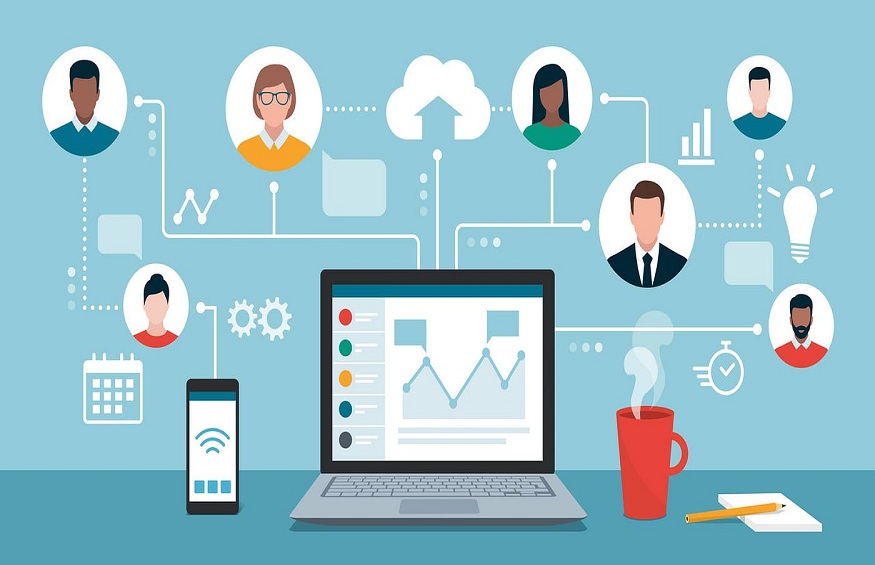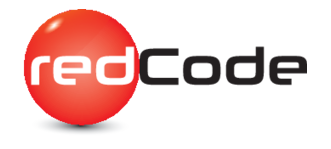In the ever-changing landscape of Human Resource Management, a new and powerful tool has emerged to transform the way organizations handle their workforce: HR analytics. Also known as people analytics, talent analytics, or workforce analytics, HR analytics is a data-driven approach that involves collecting, analyzing, and reporting HR data to make informed decisions about the workforce’s impact on overall business performance.

The Evolution of HR Analytics
The concept of HR analytics is relatively new and still relatively unexplored in scientific literature. One of the most renowned definitions of HR analytics is presented by Heuvel & Bondarouk (2016), who describe it as the systematic identification and quantification of the people drivers of business outcomes. This definition underscores the crucial link between HR practices and their impact on organizational success. It will help to make better decisions using data.
The Shift to Strategic HR Management
Over the past century, Human Resource Management has undergone a significant transformation from an operational discipline to a strategic one. The term Strategic Human Resource Management (SHRM) gained popularity as organizations recognized the importance of aligning HR strategies with overall business goals. HR analytics aligns perfectly with this evolution, as it empowers HR professionals to base their decisions on concrete data rather than intuition.
Breaking Away from Gut Feeling
Traditionally, HR decisions have often been influenced by gut feelings and subjective judgments. However, the adoption of HR analytics has revolutionized this approach. By harnessing the power of data, HR professionals can now make data-driven decisions, test the effectiveness of HR policies, and measure the impact of various interventions.
Navigating Post-Pandemic Realities
In the aftermath of the global pandemic, the employment landscape has witnessed significant changes. Organizations are embracing hybrid work models and leveraging automation to streamline operations. In this era of uncertainty and disruption, data-driven decision-making becomes even more critical in navigating new realities successfully.
Scientific Definition of HR Analytics and People Analytics
While HR analytics and people analytics are often used interchangeably, there are subtle differences in how they are employed. People analytics typically focuses on using data to understand and optimize individual employee performance, while HR analytics encompasses a broader perspective, analyzing HR data to drive organizational performance.
Challenges of Traditional HR
The HR department has sometimes struggled to gain recognition and overcome certain stereotypes. Often perceived as soft and relying on gut feelings, HR has faced challenges in quantifying and measuring its impact on an organization’s success, unlike departments like sales or finance.
The Power of HR Data Analytics
HR data analytics provides a remedy to the challenges faced by traditional HR. By adopting a data-driven and savvy approach, HR professionals can address employee turnover, identify regretted loss, and predict employees most likely to leave within a year. Utilizing data from HRIS and Performance Management Systems enables comprehensive analysis and more informed decision-making.
The Transformation through HR Analytics
In a manner similar to how marketing has been revolutionized by analytics, HR is undergoing a transformative journey with HR analytics. This powerful tool enables HR to:
- Make better decisions based on data.
- Build a strong business case for HR interventions.
- Test the effectiveness of implemented interventions.
- Elevate HR from an operational partner to a tactical or strategic partner within the organization.
Embracing the Data-Driven Future
In today’s data-driven economy, merely recording and storing employee data is insufficient. HR professionals must embrace the power of HR analytics to unleash the full potential of their workforce. By analyzing human resource challenges through data-driven approaches, HR analytics is paving the way for a more strategic, efficient, and successful Human Resource Management landscape.
Conclusion
HR analytics, as a data-driven approach to Human Resource Management, has transformed the way organizations handle their workforce. With its potential to make informed decisions, test the effectiveness of HR policies, and align HR strategies with overall business objectives, HR analytics is empowering HR professionals to navigate the challenges of the modern workplace effectively. As we continue to embrace the data-driven future, HR analytics will play a pivotal role in shaping successful organizations in the years to come.



